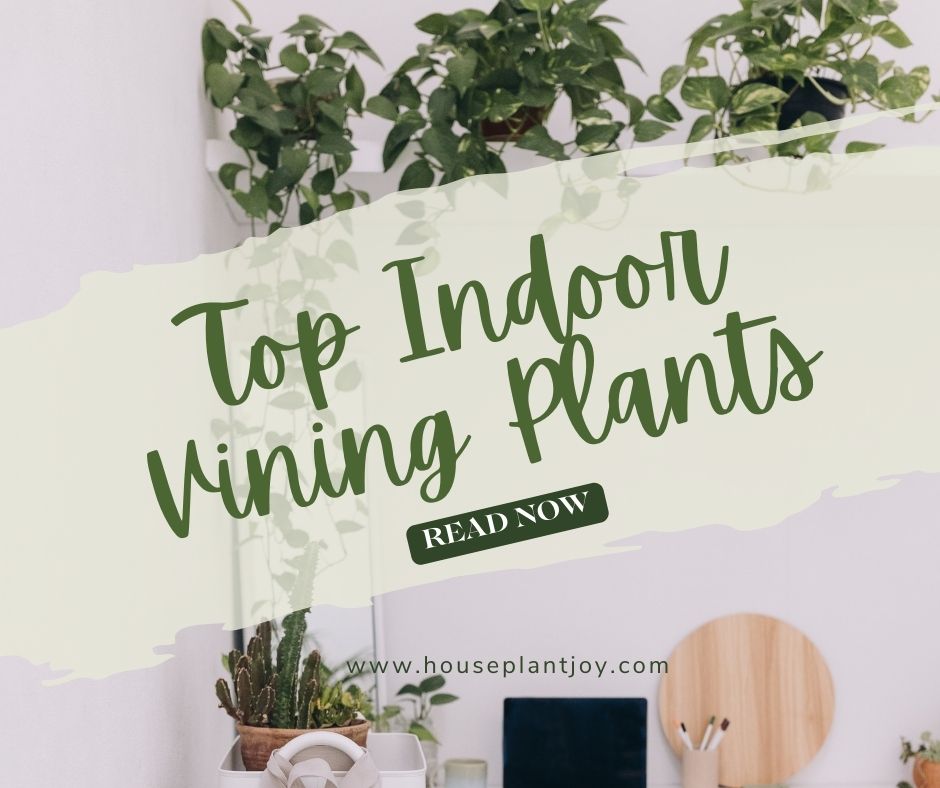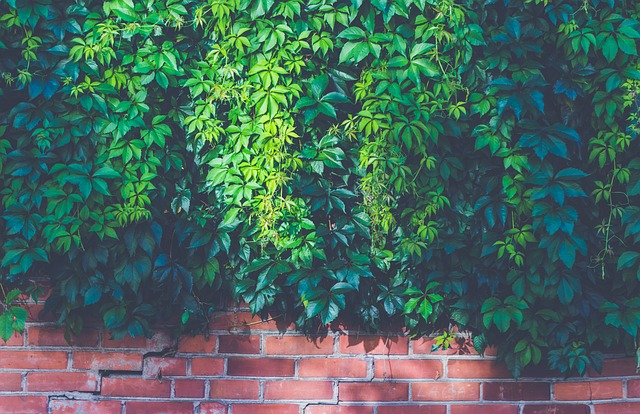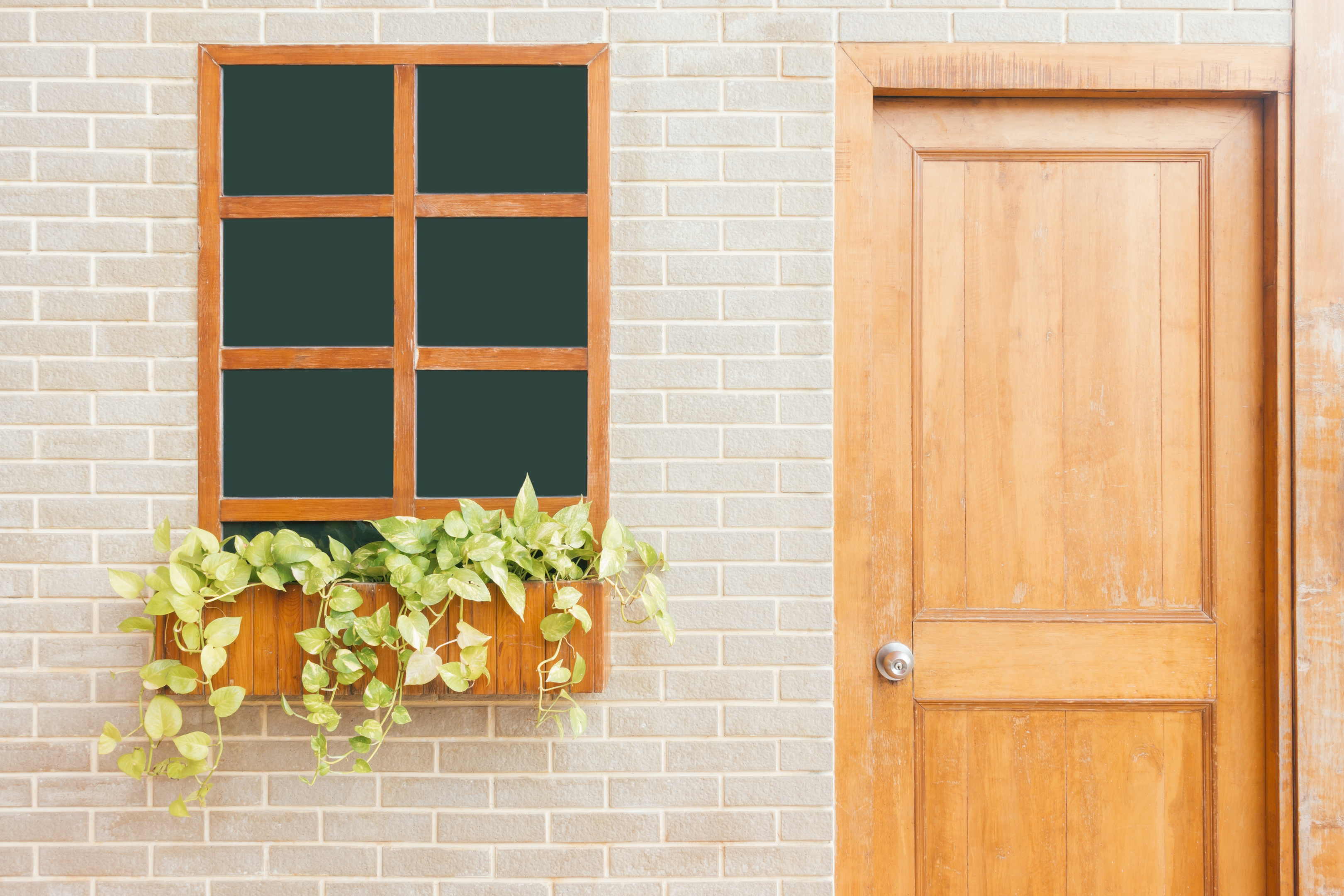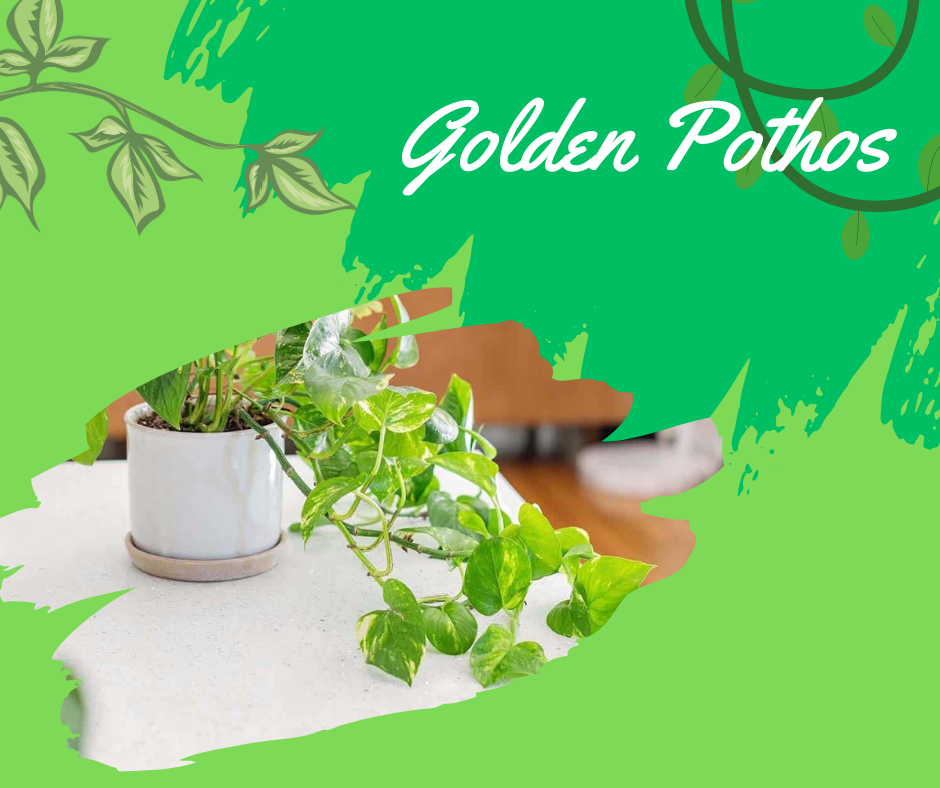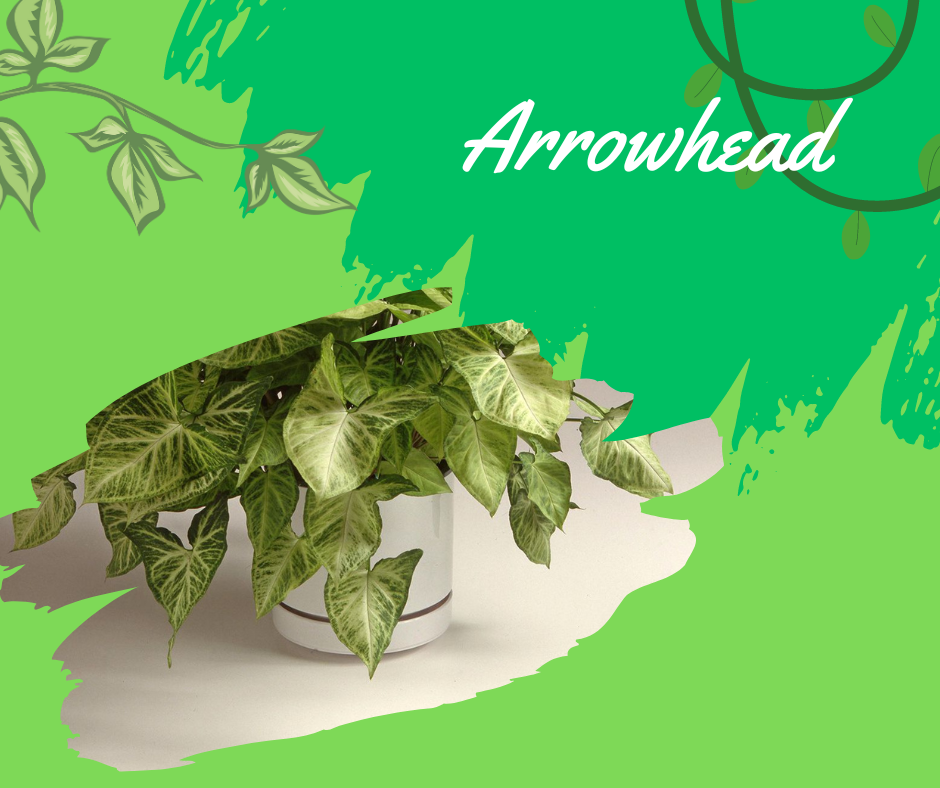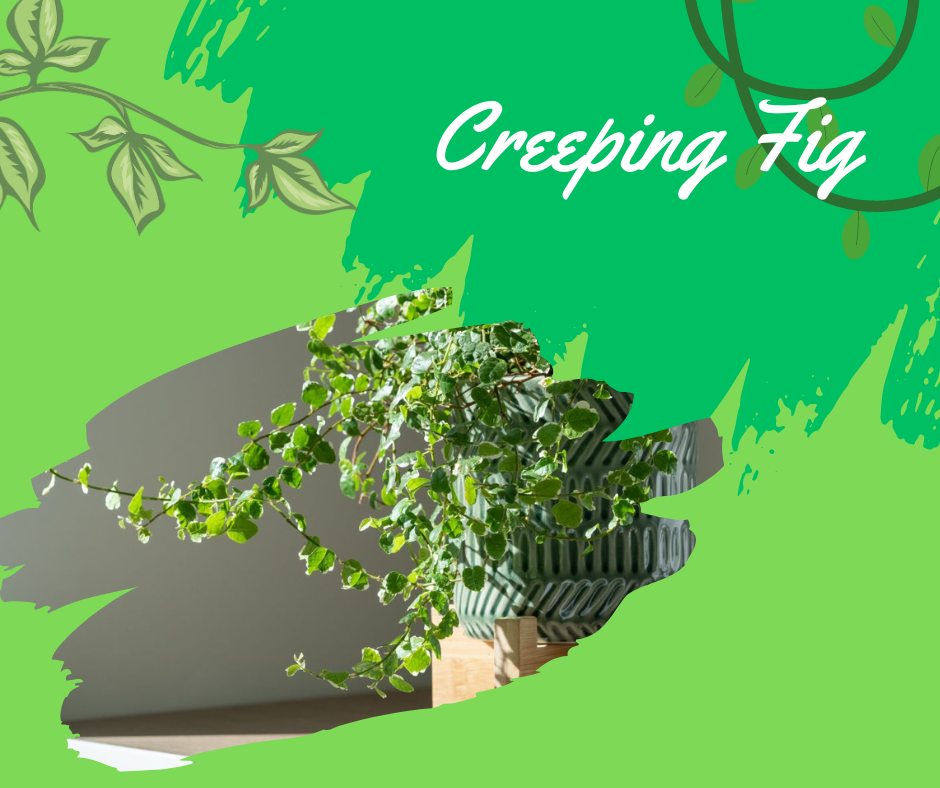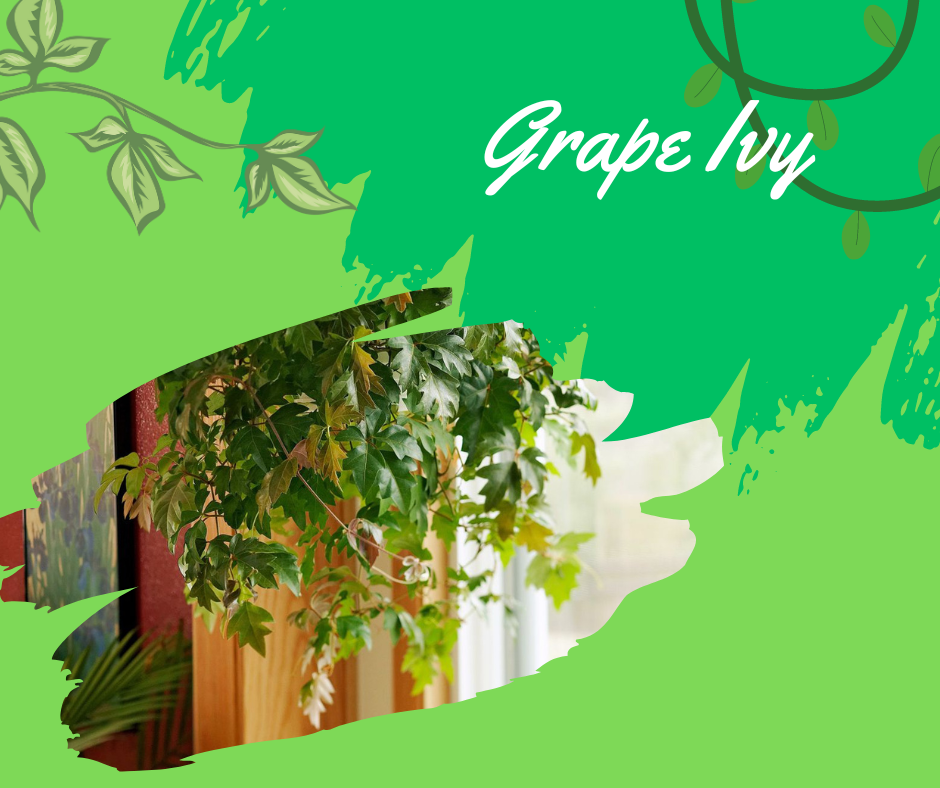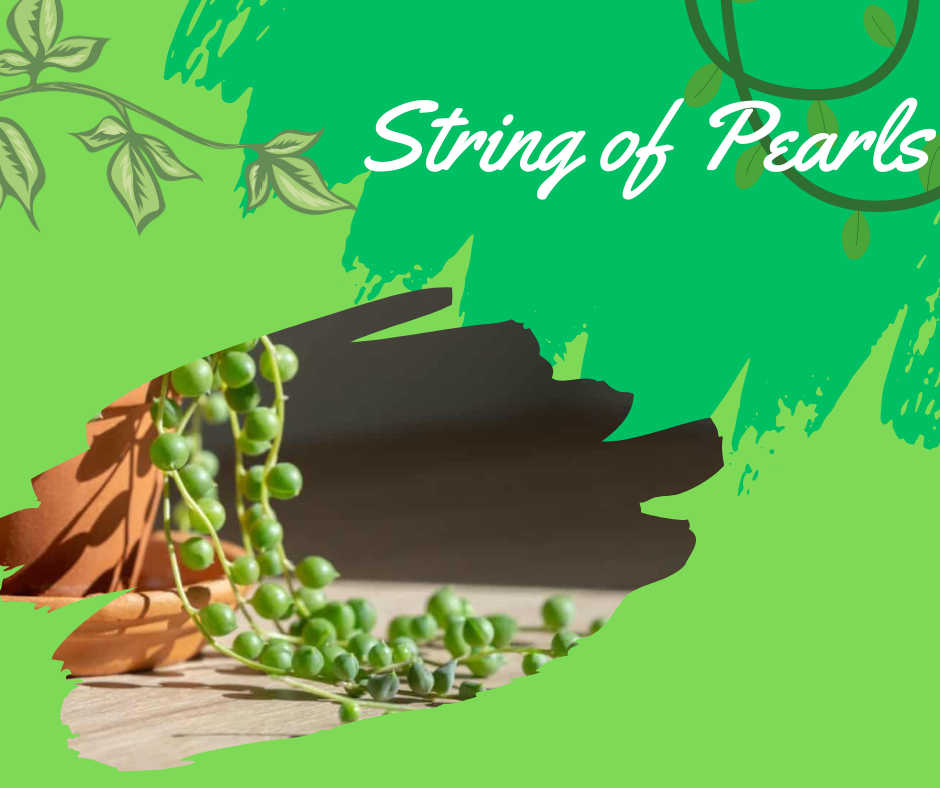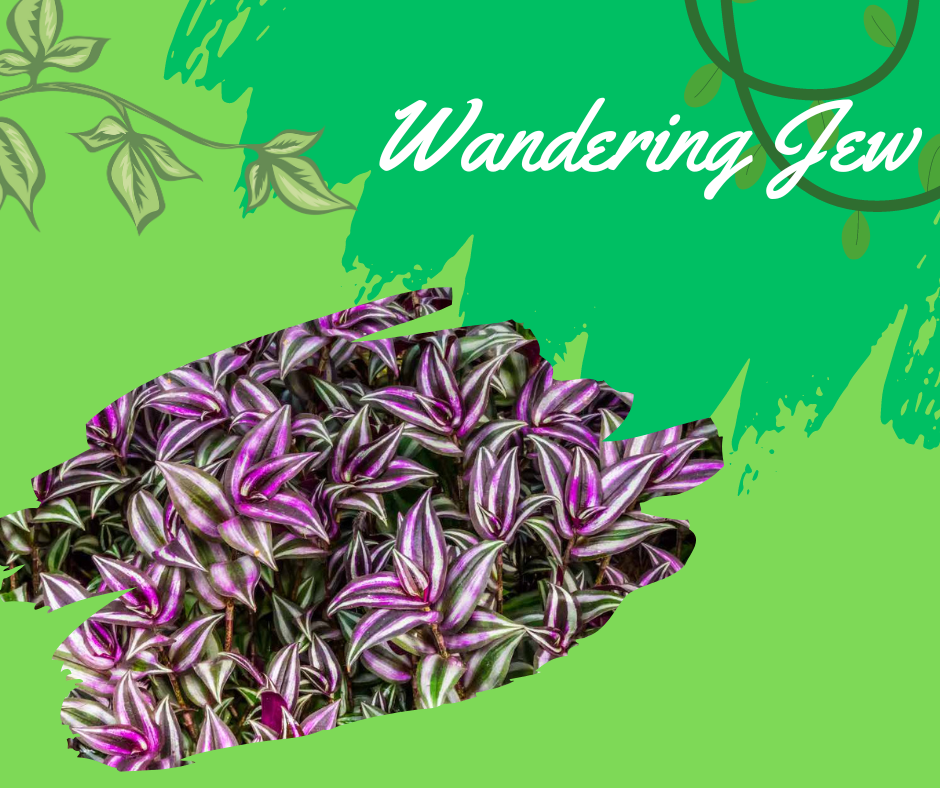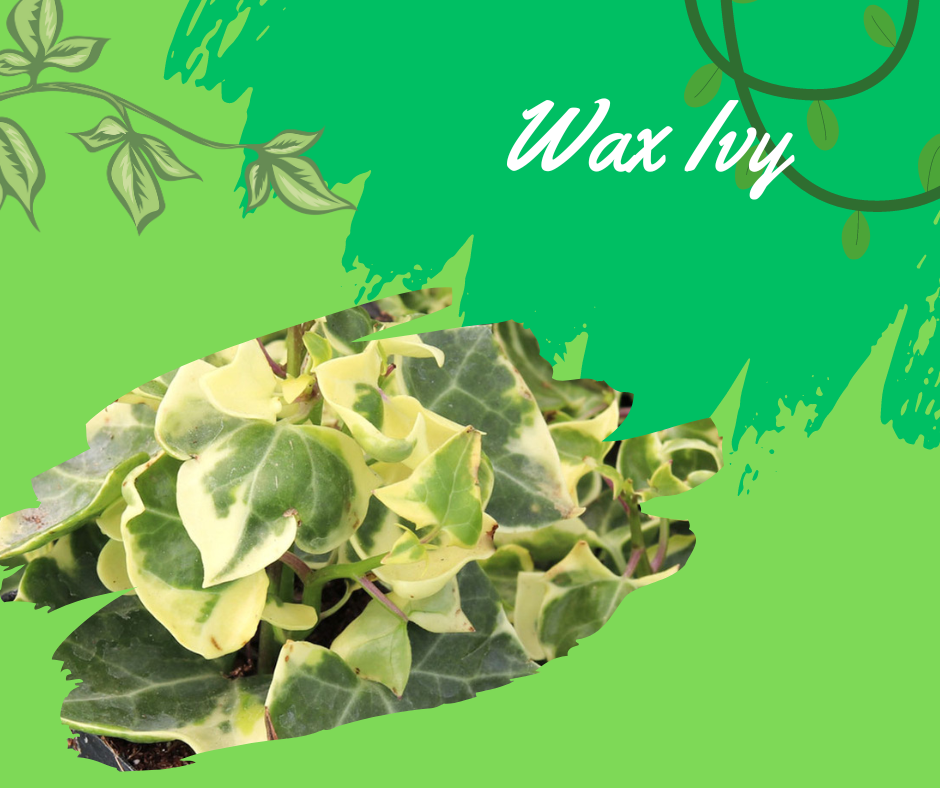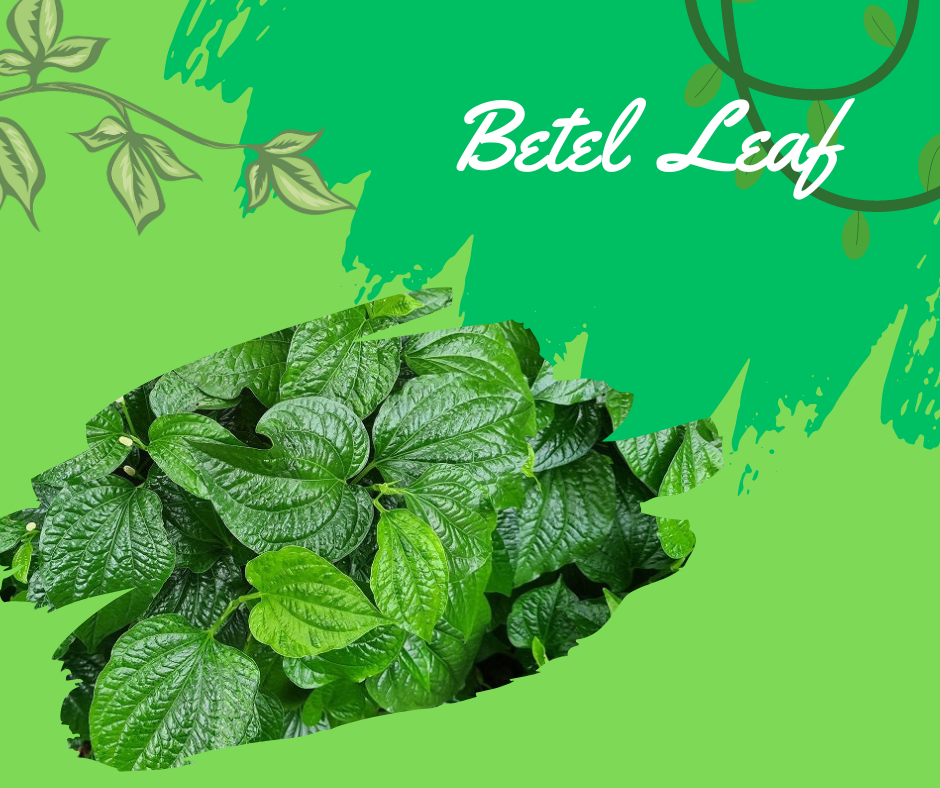HousePlantJoy is supported by our audience. When you purchase through one of our links, we may earn a small affiliate commission. As an Amazon Associate I earn from qualifying purchases. Your cost is not affected.
==================
When I want to make my home look more beautiful with plants, I go for indoor vining plants. There are many types to choose from, like the easy pothos or the delicate string of pearls.
Vining plants are great because you can make them climb up a trellis, hang them in a basket, or just let their vines hang down. Whichever way I choose, it makes my room feel like a tropical paradise. It’s a simple way to add greenery and beauty to my home.
So, sit back and relax, and I’ll show you different indoor vining plants perfect for your home.
Vining and Trailing Vine Houseplants
I’ve found that having houseplants with long vines is a must to turn my room into a mini indoor garden. The trailing plant can gracefully drape over hanging baskets, shelves, and tables, instantly transforming any empty corner into a green oasis.
Indoor vining plants are like a ticket to bring a slice of the tropics into my home. Many of these plants come from exotic and tropical regions, and they add that lush, jungle-like vibe that I love.
What’s great is that most of these climbing plants are visually appealing and easy to care for. Some of the well-loved ones include pothos and philodendron. But my choice always depends on the size of the room and the available light.
I can opt for a long vine that thrives in low light or a smaller one that craves sunlight to adorn my tall plant stand.
As you read through this article, it’s like embarking on an adventure through a rainforest of houseplants. Along the way, you’ll discover a bunch of beautiful vining houseplants that are perfect for your indoor sanctuary.
Benefits of Having Indoor Vining Plants
When you step into a room, you’ll immediately notice the presence of indoor vine plants. They make the room feel different even if you don’t consciously realize it. These vines add vertical lines of green to your space, creating a new dimension in the room’s design. Vines soften the sharp edges of furniture, making the room appear cozier.
Climbing vines blend the room, furniture, and plants, creating a sense of unity with leaves partially covering shelves and connecting different layers and heights. Vines are crucial for achieving a tropical look in your decor. Vines also give your room a “well-established garden” vibe, making your houseplants appear as if they’ve always belonged.
Now, let’s not wait any longer—explore the indoor vine plants we’ve picked out for you.
Different Indoor Vining Plants That Are Perfect For Your Home
Golden Pothos (Epipremnum Aureum)
Golden Pothos is one of the most popular indoor vines for low-light conditions. You’ve probably seen its heart-shaped leaves in homes all around the world.
What’s great is that it’s super easy to grow and multiply. You can snip a piece and put it in water, and it will grow into a new plant. You don’t have to buy one; you can get a cut from a friend.
Trimming and growing it in water is also a breeze. All you need is a nice vase or jug.
Golden pothos isn’t just playful; it’s also fantastic at cleaning the air. So, there’s no reason not to have one in your home.
Light
It likes bright, indirect light but can handle medium to low light. The color of its leaves depends on the light.
Watering
Let the soil dry out before watering, usually every 1 to 2 weeks.
Size
It can grow up to 10 feet long (about 3 meters).
Soil
Any well-draining soil mix works, whether it’s soil-based or not. It’s also good for hydroponic growth.
Propagation
It is super easy to grow from leaf cuttings.
Arrowhead Plant (Syngonium Podophyllum)
The Arrowhead plant is a unique vine with eye-catching leaves. They’re shaped like arrowheads, big (up to 6 inches or 10 cm), and have a deep green color with lighter stripes. Plus, they’re super glossy.
This plant is perfect for adding a lush, tropical forest feel to any part of your room. You can place it on tables, where you might trim it, or on shelves, where you can let it grow a bit longer.
Light
It likes bright but not direct sunlight, ranging from bright indirect to medium indirect light.
Watering
Wait for all the soil to dry out before watering.
Size
It can grow up to 6 feet long (about 1.8 meters).
Soil
Use a mix of 1/3 houseplant potting soil, 1/3 perlite, and 1/3 orchid bark.
Propagation
Easily grows from leaf cuttings.
Creeping Fig (Ficus Pumila)
Creeping fig is a lovely evergreen vine that can be grown indoors or outdoors. Its leaves are shaped like ovals and neatly line the vines.
The leaves are typically green, but there are fancier kinds with green and cream or green and white leaves that catch your eye.
You can hang it in baskets in well-lit spots, and it adds a feeling of freshness with its delicate leaves. Plus, it’s great for covering walls on balconies and terraces, apart from being a houseplant.
Light
Keep it away from direct sunlight. It can thrive in bright, medium, or even low indirect light.
Watering
This plant doesn’t need a lot of water. Before watering, wait until the soil dries. Water it more often during the summer and cut back in colder months. Be careful not to overwater.
Size
It can grow up to 13 feet (about 4 meters) long on its natural habitat.
Soil
Use regular potting soil that’s organic and pet-friendly.
Propagation
Easily grow new plants from cuttings.
Grape Ivy (Cissus Rhombifolia)
Grape ivy is a charming little vine with pretty leaves. When the sunlight touches them, they sparkle beautifully. It’s perfect for hanging in lovely containers, and it drapes elegantly.
There’s also a taller version called “miniature grape ivy” (Cissus Striata) with small leaves. You can easily trim it to fit small pots, vases, coffee tables, desks, or tight spaces.
Both types grow at a moderate pace, which is great because some vines grow too quickly and need constant pruning. These vines are low-maintenance and won’t give you a hard time. You can just put them on a shelf and forget about them.
Light
Give it bright indirect light; it won’t do well in low light.
Watering
Wait until most of the soil has dried up before watering, but don’t let it completely dry. Usually, once a week is good.
Size
Usually grows to about 1 to 3 feet long (30 to 90 cm) indoors.
Soil
Use a well-draining and nutrient-rich potting mix, like the one for African violets.
Propagation
To grow a new plant you can do stem cuttings.
String Of Pearls (Senecio Rowleyanus)
String of pearls is a cool succulent vine. It’s named that way because its leaves are round, like green pearls on long, thin strings.
It’s a fun and stylish plant for a well-lit room. Some folks think the leaves look like peas because they’re a similar color.
But take note of this: This plant is considered as poisonous. So, keep it out of reach of kids and pets, and don’t leave any fallen “pearls” lying around.
Light
Give it a very bright, indirect light.
Watering
Water lightly only when the soil has completely dried out. It can handle drought.
Size
It can grow up to 12 feet long (about 3.6 meters).
Soil
Use a well-drained cactus potting mix.
Propagation
You can easily grow new plants from stem cuttings.
Philodendron Nanegalense
Philodendron Nanegalense is a fancy vine among the many philodendron types you can grow indoors. It’s got elegant and eye-catching vines.
The leaves on this plant spread out nicely along the vine. They’re long, shiny, and have a lush emerald green color. They almost stretch horizontally on the vine and have grooves with veins.
This particular variety is from Ecuador, and growing it can help protect it because it’s at risk.
If you’re looking for indoor vine philodendrons, many options exist online.
Light
Provide bright indirect light for this plant.
Watering
Wait until most of the soil has dried up before watering again. It likes to stay a bit dry between drinks.
Size
It can grow up to 6 feet long (about 1.8 meters), making it a good-sized indoor plant.
Soil
Any well-draining potting mix will work, whether it’s soil-based or peat-based.
Propagation
You can grow new plants from cuttings. Just snip a piece and get a new one started.
Wandering Jew (Tradescantia Zebrina)
The inch plant is an easy-to-grow trailing plant with striking colors. It’s also known as the Wandering Jew because of its beautiful elliptical leaves that sport purple, green, and white stripes, resembling zebras. This plant even produces pretty three-leaved flowers.
It can appear somewhat translucent in the right light, and its colors can be quite fascinating. Just remember, giving it the right amount of light is essential for its health and vibrant colors.
Light
Give it bright, indirect light. It can take a bit of direct sunlight but not during the hottest parts of the day.
Watering
This succulent is a bit unique. Only water it when the soil is completely dry. Surprisingly, it can tolerate more frequent and generous watering than other succulents. That’s why it’s great for sharing a pot with other plants.
Size
It can grow up to 2 feet long (about 60 cm).
Soil
It prefers well-draining soil, like cactus potting mix, but it’s adaptable to various soil types as long as they drain well.
Propagation
You can grow more of this plant from cuttings. It’s pretty easy to propagate because the vines break easily, and each broken piece can become a new plant just by touching some soil. It’s like it multiplies on its own.
Wax Ivy (Senecio Macroglossus)
Like English ivy, Wax ivy has similar leaves and growth habits. But there are still some differences. Wax ivy’s leaves are shinier and lighter green, and some even have a touch of cream.
The great thing about wax ivy is that it thrives indoors, unlike English ivy, which prefers the outdoors.
Wax ivy’s vines gracefully arch and fill with lush, fresh-looking foliage that resembles the outdoors. It’s perfect for a relaxed and informal setting because it has a slightly wild and untamed appearance. So, if you want an ivy that enjoys the indoor life and adds a touch of greenery to your space, wax ivy is a great choice.
Light
Give this plant bright to medium indirect light for the best growth.
Watering
It’s important not to keep the soil consistently wet. Always let the top layer of soil dry out before watering. During the winter, ensure the entire soil has dried out before watering again.
Size
This plant can climb up to 10 feet long (about 3 meters) when happy and healthy.
Soil
Use 3 parts of regular potting soil and 1 part perlite to ensure good drainage. Avoid soggy soil, as it can harm the plant.
Propagation
You can create new plants from semi-softwood stem cuttings. It’s a reliable way to grow more of this lovely plant.
Betel Leaf Plant (Piper Betle)
The betel leaf plant is a lovely vine but often plays a supporting role. It has heart-shaped, emerald-green leaves that create a dense, bushy look. While beautiful, it’s not as eye-catching as some other indoor vines. It has a more subtle appearance.
Interestingly, it’s originally from South and East Asia and is used for medicinal purposes there. But don’t underestimate its charm! It can bring a nice touch to simple rooms like kitchens and is great for potted arrangements. You can have it indoors or outdoors, but it thrives with consistent humidity and partial shade.
Light
This plant loves moderate indirect light but can also handle bright indirect light.
Watering
It’s best to keep the soil consistently moist, but avoid overwatering. A small amount of water daily can work well. Alternatively, you can use saucers to hold water for the plant to absorb.
Size
When it’s thriving, this plant can grow up to an impressive 10 feet long (about 3 meters).
Soil
It prefers a sandy loam or very rich, slightly acidic, and well-drained potting soil.
Propagation
You can easily grow new plants from leaf cuttings. It’s a simple and effective way to expand your collection.
What You Need To Know About Climbing Plants
Common Challenges of Indoor Vining Plants
Overwatering: One of the most frequent issues I’ve dealt with is overwatering. I learned that vining plants should be allowed to dry out between waterings. Keeping the soil too soggy can lead to root rot and other complications.
Underwatering: On the flip side, I’ve sometimes neglected to water my vining plants adequately, leading to wilting leaves, browning leaf edges, and dry soil. I’ve come to appreciate the importance of proper watering.
Pests: Pests like spider mites, aphids, mealybugs, and scale insects have occasionally plagued my indoor vining plants. I’ve had to regularly inspect my plants for signs of infestation and treat them promptly when necessary.
Yellowing Leaves: Yellowing leaves have been a recurring issue for me, and I’ve discovered that it can result from various factors, including overwatering, poor drainage, nutrient deficiencies, or insufficient light. Identifying the root cause has been crucial to address this problem effectively.
Brown Tips or Edges: I’ve noticed brown tips or edges on my plant’s leaves, which can signify low humidity, over-fertilization, or salt buildup in the soil. Adjusting humidity levels and modifying my fertilization routine have been necessary to resolve this issue.
Drooping or Wilting: When my vining plants have shown signs of drooping or wilting, it has often been due to issues like underwatering, overwatering, or insufficient light. Adjusting my care routine has been crucial in reviving them.
Leaf Loss: My vining plants have occasionally shed leaves caused by environmental stress, such as sudden changes in light, temperature, or humidity. I’ve strived to provide more stable conditions and monitor the plant’s recovery.
Disease: While less common than pests, my indoor vining plants have occasionally developed fungal or bacterial diseases. Ensuring good air circulation, avoiding overwatering, and maintaining overall plant health have been key in preventing diseases.
Start Your Indoor Vining Plants Journey
To summarize, indoor vining plants are a fantastic way to add beauty and nature to your indoor spaces. They come in various types, so you can find one that matches your style.
These plants can grow in different light conditions, making them flexible for any room. While they have specific care needs, like well-drained soil and proper watering, most are easy to care for.
You can get creative with displaying them, whether hanging in baskets, on shelves or as part of bigger arrangements. Plus, some of them surprise you with lovely flowers.
In a nutshell, indoor vining plants are a great choice for any indoor gardener because they bring beauty and a touch of the outdoors to your home.
FAQs
Do indoor vining plants require special soil?
Indoor vining plants typically do well in well-draining potting soil. Depending on the plant, you may need to use a mix that includes perlite, orchid bark, or other additives for proper drainage.
Can I grow indoor vining plants in hanging baskets?
Yes, many indoor vining plants are well-suited for hanging baskets. They can trail gracefully and add a lovely dimension to your indoor decor.
How often should I water my indoor vining plants?
The frequency of watering depends on the specific plant and its environment. Generally, allow the top inch or so of soil to dry out before watering, but avoid letting the soil completely dry.
What are the benefits of growing indoor vining plants?
Indoor vining plants not only enhance the aesthetics of your home but also contribute to improved indoor air quality by helping to purify the air.
? Upgrade Your Houseplant with Indoor Vining Plants! ?
Dive into the fascinating realm of Indoor Vining Plants via our captivating social media channels!
? Connect with Fellow Enthusiasts: Join our Facebook community, HouseplantJoy, to uncover expert tips, guidance, and more about Indoor Vining Plants.
? Visual Delights on Instagram: Immerse yourself in stunning indoor vining plant snapshots and reviews, and become part of the HouseplantJoy Instagram community.
? Pin Your Indoor Vining Plants: Explore a universe of indoor greenery on our Pinterest boards at HouseplantJoy.
? Tweets for Plant Enthusiasts: Stay updated on the latest trends in indoor vining plants and engage with us on HouseplantJoy Twitter.
? Plant Wisdom on TikTok: Short on time? Discover quick plant insights and entertaining content on HouseplantJoy TikTok.
Join us online, explore, and learn alongside a community ready to guide you on your journey to discovering the fastest-growing indoor plants! ? #indoorcactus #HouseplantJoy

